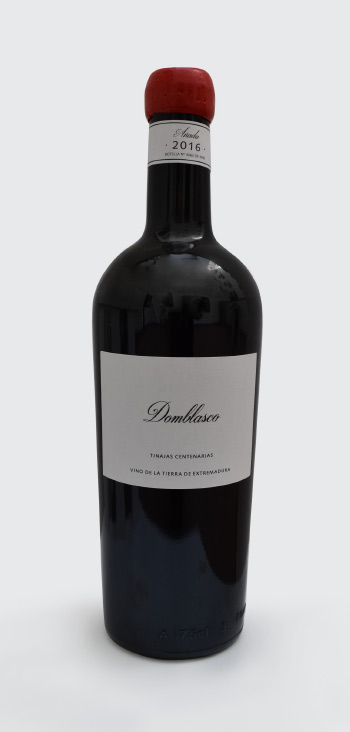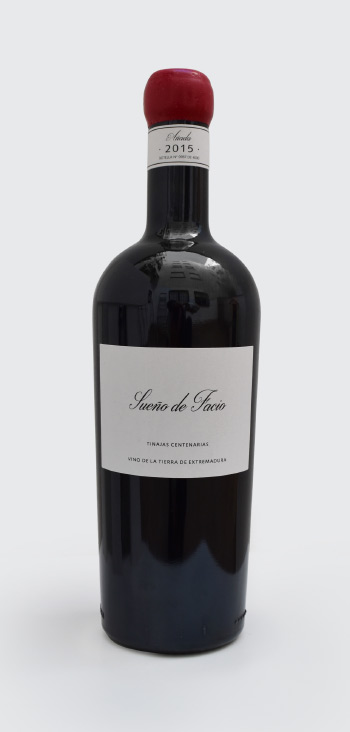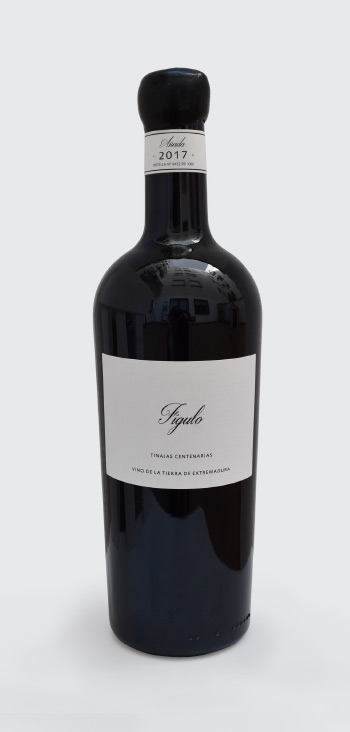
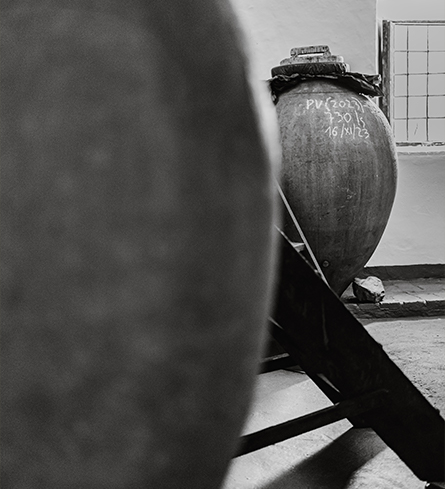
The Origins of Don Blasco...
On the border where the present-day municipalities of Feria and Salvatierra de los Barros meet, the documentary sources locate a reserve, i.e. a plot of land secured against communal use, the pago de Don Blasco.
This is an area which, as the documents state, ‘the neighbours have been exploiting... since time immemorial’, which leads us to believe that these lands began to be repopulated from the late Middle Ages onwards, when the land closest to the urban centres had been divided up and the arrival of new settlers required the clearing of more distant areas which, like the one in question, we know have been inhabited since prehistoric times due to the common discovery of stone tools such as axes, adzes, etc.
History
History and Tradition...
But of all the agricultural activities, vineyards were undoubtedly the most important. Vineyards covered most of the Don Blasco estate to meet the demands of a large population who had their estates, wineries and dwellings there. In fact, Tomás López, at the end of the 18th century, states that ‘his land is planted with vineyards and wine cellars and olive groves where there are some farmhouses’. A few years earlier, in the Interrogatorio de la Real Academia de Extremadura, we are informed that in the pago de Don Blasco there are 40 small bodegas, owned by the inhabitants of Feria and some outsiders, with a capacity of 500 arrobas. In the mid-19th century, Pascual Madoz, referring to Don Blasco, calls it ‘the cellars of Don Blasco’ and states that it has 36 houses used to store the wine produced in the surrounding vineyards.
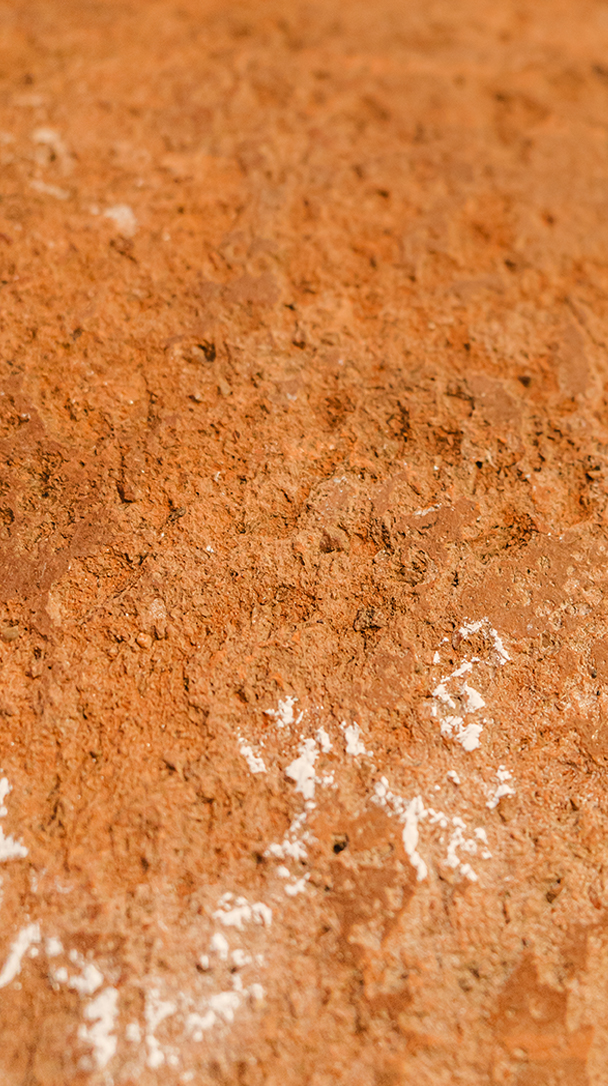
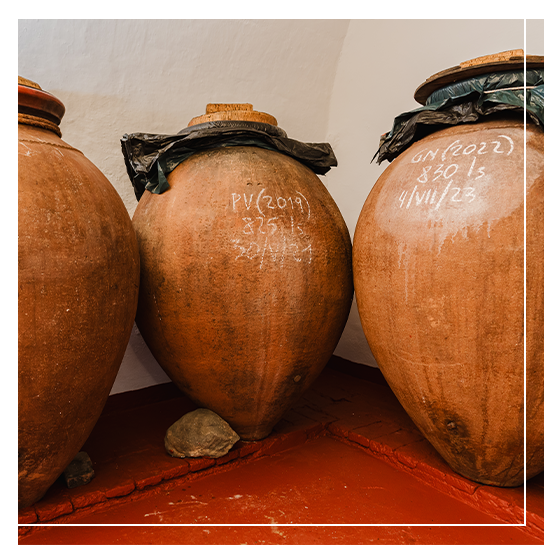
The Hidden Wealth...
The documentation informs us that some of these cellars were built underground, which leads us to believe that their owners were possibly settlers from the north where these cellars were common, a town, Don Blasco, which must have been important because, although it did not become a collation of the Parish of Feria, it had two oratories in whose construction Mudejar elements can be seen, which testifies to the presence of Moors or Moors among the population.
Custody of Tradition...
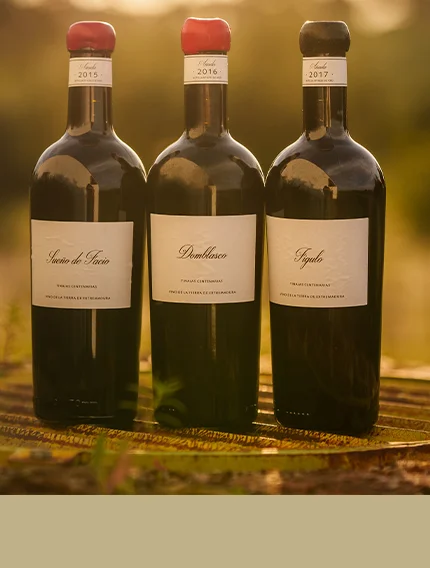
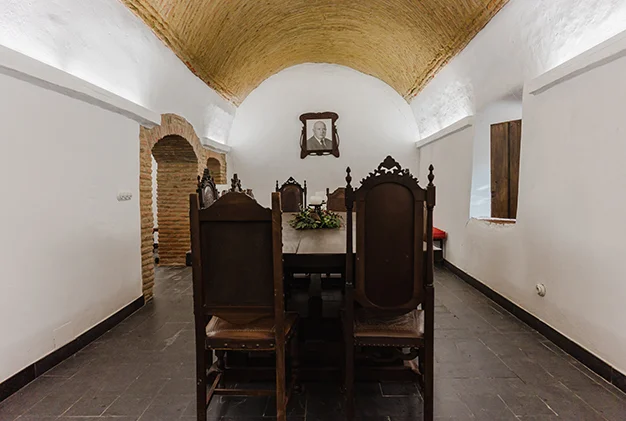
Custody of Tradition...
The documentation also gives us details about the wines produced at Don Blasco. Solano de Figueroa values the wines of the estate, of which he says ‘it is not only good, but generous’ and goes on to describe the underground cellars: ‘and you can see... some vaults or caves that are very convenient for the preservation of the fruit that it produces’. It is clear that these underground cellars had and still have the purpose of sheltering the wines from the summer heat.
It is precisely in one of these oratories, mentioned above, where wine production has been maintained. This is the Bodega Domblasco, which now, after a careful architectural renovation and the necessary technological updating, produces wines rooted in the deepest tradition of centuries in the Don Blasco estate. A tradition that, while maintaining the production of red wines with an exquisite palate, recovers a way of doing things, a way of feeling wine as the essence of a land with a defined personality in the world of oenology.

Resurfacing with Altitude
The current owner of the Domblasco winery, León Martínez de Azcona de la Concha, has recovered 4 hectares of limestone land, located at the foot of the mountains at an average altitude of 600 metres, maintaining the typical varieties of the area, common garnacha and mazuelo, adding a small proportion of petit verdot. Domblasco is working with the hope of recovering the prestige of a wine with its own personality, which already stood out at the beginning of the last century as one of the best red wines of Extremadura (J.A. Calero Carretero. XXXVI Jornadas de Viticultura y Enología, TIERRA DE BARROS. 2014. Edited by: Santa Ana University Centre).




